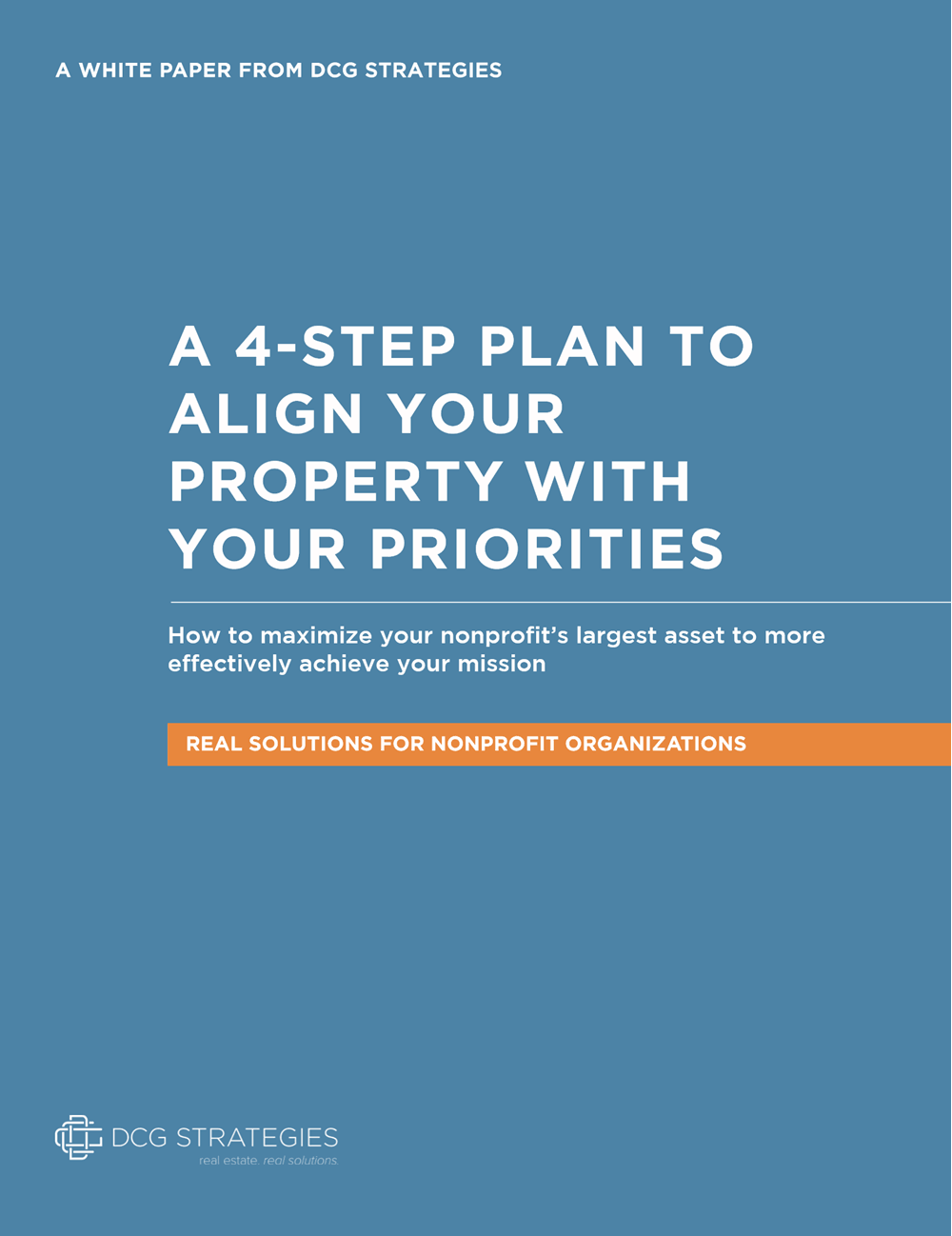The street-level space is great for retail, but developers often struggle to find uses for the upper stories of older Main Street buildings.
Credit: Flickr CC user Madeleine Deaton
The main attraction of Main Street buildings is often their ground floor. In these street-level retail spaces, a shop owner can envision the city’s best new Italian restaurant, a flower shop with pretty roses in the window or a space to sell imported Persian rugs or Gucci handbags.
For the sake of these bottom-floor spaces, federal and state governments pour millions into street improvement projects. Even after the owner removes the old neon sign from the dive bar that closed down years ago and gives the facade a new paint job, much remains to be done to fix up the building itself. ‘Much’ in the form of several stories sitting atop your street-level location. In many cases, these upper-level floors are empty, without tenants, and in disrepair. Apart from figuring out what to do with the space, there is a question of making it habitable. The upper stories of old buildings are usually a wreck after serving for years as storage (sometimes after becoming a roosting spot for pigeons and their toxic droppings).
But this space can’t just be ignored. It sometimes represent more than 80 percent of a building’s square footage, and thereby a big chunk of its potential earnings.
Upper Stories Are Usually Converted into Apartments
Developers often automatically think to turn the upper stories into condos, apartments, or “artists lofts,” which have grown popular in warehouse conversions in Yonkers and neighborhoods in New York City. Apartment and condo conversions are the most popular option, particularly in recent years where there has been a high demand for rentals. Main Street revivals are underway across the country, and in newspaper articles that describe the conversions of old, multi-storied buildings, it is rare to find developers who will consider any other option.
Turning the upper stories of an old building into apartments also often makes the most sense. Many communities are actively trying to entice more people to live in the downtown area. Some major cities have even managed to pull this off. In Birmingham, AL, for example–which has seen a nearly 40 percent increase in the number of downtown residents in a dozen years–several buildings were renovated and other major projects were planned. Among these projects, many of the top stories of stately old buildings were successfully converted into condos and apartments.
Apartments in Upper Stories Can Be a Tough Sell
San Antonio is another city experiencing a public push to convert the upper floors of downtown building into apartments and condominiums. The motivation here is that the city is having a difficult time of achieving its goal of adding more than 7,000 resident to its downtown area.
The city has provided incentives totaling more than $50 million for commercial and residential projects in the downtown area. San Antonio developers were reluctant to bite, at least initially. One newspaper account reported that several developers claimed that despite generous incentives, the high land prices were holding them back. They also cited a lack of parking around the building as a deterrent. The reporter also relayed the information that historic buildings would simply cost too much to renovate into apartments, and it would be easier to do a ground-up construction project on empty land near downtown.
And here, we get to the problem. Installing apartments may be feasible for some buildings in cities like New York or San Francisco; cities that enjoy a seemingly endless and insatiable need for apartments, but not necessarily in others.
The Importance of Remaining Flexible
There is no doubt that there are numerous potential buyers in California that want to live in converted industrial or warehouse buildings in the downtown area. People have converted smaller commercial spaces into homes in San Francisco, for example. One common thread in these conversions, however, is that they are often extremely expensive. Only buyers with deepest pockets will ever be able to afford them.
If the street is noisy or empty, if there isn’t any parking, if the neighborhood is rather bland and featureless, a developer could face real problems in attracting tenants. Even though the apartment option may seem the most logical and practical solution, it may not be the best.
Buyers of multi-storied buildings need to be both flexible and prepared. The investor should look closely at the apartment option, but may also consider other ideas. The upper stories can be used to expand the retail offerings or add services and offices. It may not be a good idea to put in apartments if two large apartment towers are being built a mile away. An accounting firm may be poking around looking for affordable office space so those people can get their taxes done after stopping in at the coffee shop in the space on the street.
If you are considering a conversion of a multi-storied building, you don’t have to go it alone. You can get a thorough analysis of the market with all the available options from a consultant whose community values align with your own. Contact DCG Real Estate today to learn more.





